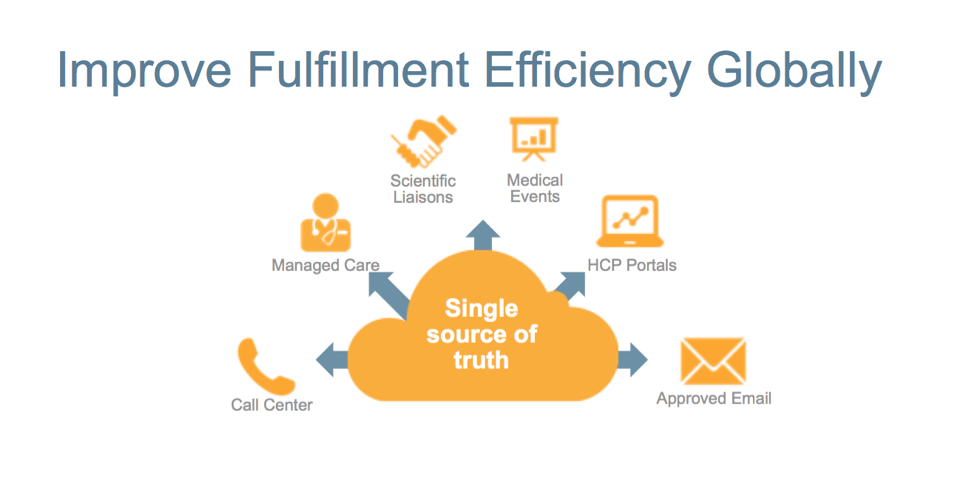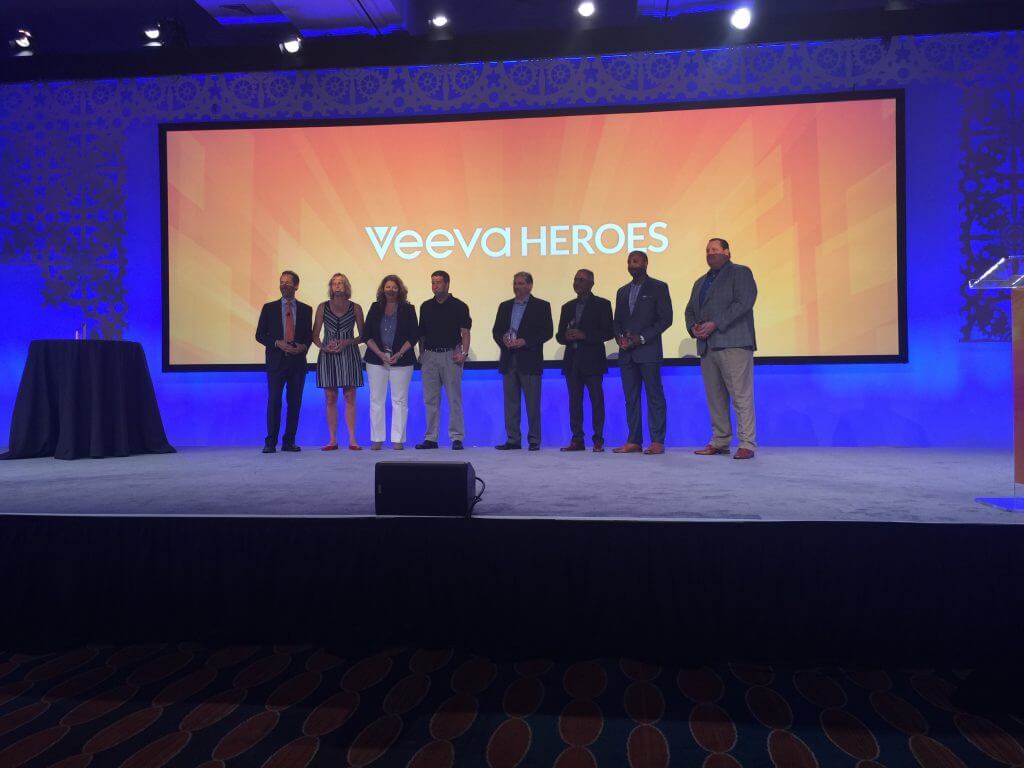I recently had the pleasure of working on a project with Carol Jacobson, principal consultant, transformation consulting practice at Veeva, and wanted to learn more about this team with arguably the best title ever.
Carol and Transformation Consulting Practice Director, Shannon Norton, graciously agreed to indulge my curiosity (and, I hope, yours) in a recent interview.
Describe the role of the transformation consultant (TC), and how it is different than the other roles in the commercial professional services organization.
Shannon Norton (SN): Let’s first take a step back in history prior to the introduction of the Transformation Consulting practice two years ago. Veeva’s commercial services function was targeted to the end-to-end customer lifecycle. The services team’s goals were to successfully implement Veeva technology, keep the customers up to date with new releases, and help them take advantage of all available functionality. But as both our customer base and the portfolio of integrated solutions grew, it became clear that we needed to carve out a role focused specifically on business process transformation.
What specific customer needs does your consulting practice address?
SN: Let’s take Veeva CRM Approved Email. It is a straightforward technology. It’s easy to understand its commercial value. But customers needed help to figure out how to use this new channel in concert with their other engagement channels. So we work with marketing operations, brand teams, agencies, sales operations and IT, to tie it back to business strategy and help them get the greatest value out of their investment.
Carol Jacobson (CJ): I’ll give you another example. When Veeva CLM was launched, five years ago, we worked with our customers on their business processes related to content creation. We held workshops on processes needed to standardize content creation. But each customer has a different way of doing business, with different policies, so there isn’t necessarily a one-size-fits-all approach to optimizing their investment. We work within the boundaries of each customer’s corporate policies, to help them get to the best business process for them. In the digital marketing space, often there are multiple stakeholders, including IT, agencies, MLR, and marketing operations. We work with them all.
SN: We can come in at any point of a project: at the start, in the middle, or sometimes at the end. Our sweet spot is working with our customers on their business processes when they have just launched new functionality. To that end, we work closely with the Veeva product team as they are developing products. The product team is interested in what people are seeing in the field as they develop the product. When working on an implementation project with external consultants, we address Veeva-specific challenges. We also document and standardize processes across the brand.
Can you give an example of a typical ‘Day in The Life of a TC?’
SN: Everyone on the team is working with between two and seven customers, so we are all good at managing our time. It helps us to stay fresh with best practices because we support multiple customers at once. All our customers want to know about best practices. By having exposure to more than one customer at a time we take anonymized learnings from one customer to another.
CJ: I have been working with one customer since early on in the Veeva Vault PromoMats –Veeva CLM integration. From my early involvement there, I have knowledge that can help other customers with their processes. Processes and configuration will be different from customer to customer. With exposure to more than one customer at a time, we understand the breadth of possibilities.
What is the advantage of using a Veeva TC?
SN: We are a group of smart folks that understand the state of the industry, and how to use Veeva technology to move the business forward. We work directly with customers, as well as third party firms, and are often complimentary to their efforts. Our deep experience in how the product works and knowledge is where we help our customers greatly.
How long does a company generally retain a transformation consultant?
CJ: It varies. I have been consulting with one of my clients for two years, on a part-time basis. Some projects are between three and six months. Our enterprise implementations are significant projects and can last for a year or more. Other projects are just four to six weeks long. Most of the processes are defined at the start of the project, and the customer wants to work strategically and take advantage of what Veeva has to offer. A customer might want to do something new with a particular functionality. Or, we help them to understand what use cases are out there to increase the utility of the product.
What do you typically look for when hiring a TC?
SN: I look for folks that have pharma experience, management consulting experience, and technology aptitude. Honestly, a good transformation consultant is hard to find. They need a strong understanding of the technology and the associated processes. But they also have to be a good listener and a compelling presenter. A successful consultant has to be able to go into a new business environment and quickly grasp the landscape so they can immediately start bringing value.
CJ: You have to be a multi-tasking person. The reason customers consider us as trusted advisors is that we get interested in new things, and become passionate about them. A transformation consultant has to be flexible and committed and have the willingness to dive deeply into new projects.
Shannon and Carol each have had fascinating careers before taking on their current roles. Shannon started her professional career as an insurance underwriter. She completed her MBA at New York University, and then joined Pfizer, where she worked in commercial IT and Operations for twelve years before joining Veeva. In fact, Shannon was one of Veeva’s very first recipients of our annual Customer Innovator Hero Award for her support of the Veeva project at Pfizer.
Carol has a PhD in Neuroanatomy. She was a tenured professor at Iowa State University before joining an engineering animation firm. Then she was president at iMed Studios, a division of Publicis Healthcare Communications, for eleven years before joining Veeva as a Certified Veeva Administrator in CRM and Vault.
Want to learn how Veeva’s Transformation Consulting Practice can help your business? For more information, contact Shannon Norton at Shannon.norton@veeva.com




